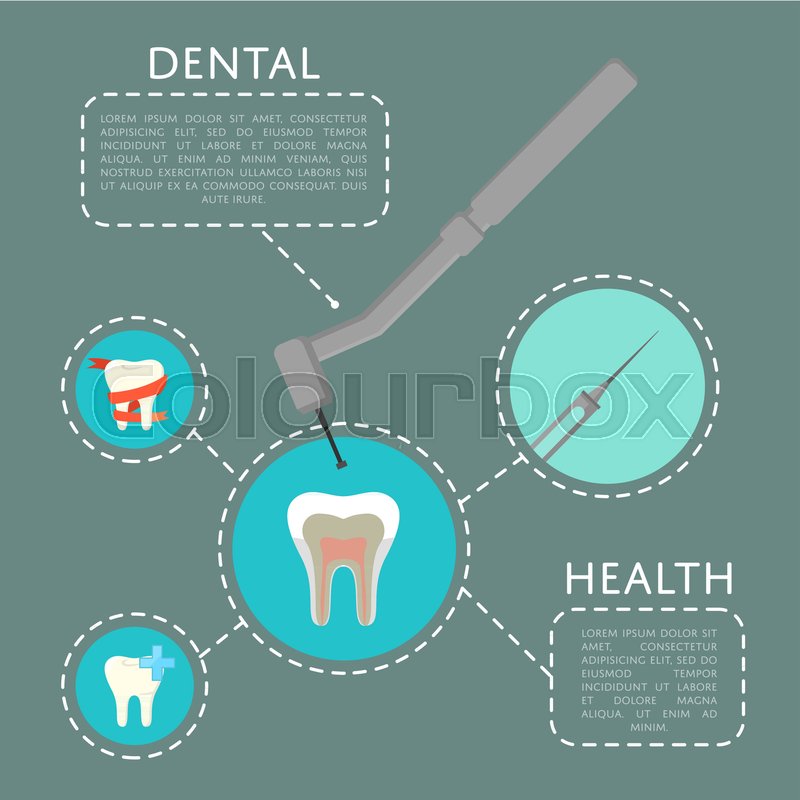Discover The Transformative Innovations That Are Improving Dental Surgery. Look Into The Future Of This Technique And Maintain A Competitive Edge. Click Currently To Get Insight Right Into What Lies In Advance
Discover The Transformative Innovations That Are Improving Dental Surgery. Look Into The Future Of This Technique And Maintain A Competitive Edge. Click Currently To Get Insight Right Into What Lies In Advance
Blog Article
Composed By-Petersson Jonasson
Welcome to the world of oral surgery, where innovations and advances are shaping the future of the area! In this exciting realm, you'll witness the transformative power of robotics, the advanced marvel of 3D printing, and the game-changing impact of minimally invasive strategies.
The future of oral surgery holds a pledge of precision, effectiveness, and boosted patient results. With the help of sophisticated robotics, doctors are able to perform complicated procedures with higher accuracy and control.
3D printing technology is reinventing the development of oral implants and prosthetics, providing tailored options that fit seamlessly right into each person's distinct makeup.
Additionally, minimally tooth repair austin are lowering post-operative pain and recovery time, enabling patients to return to their every day lives earlier.
Prepare yourself to explore the amazing developments and advances that are improving the landscape of oral surgery!
Innovations in Robotics
One major development in dental surgery is using robotic innovation, which permits specific and effective surgical procedures. With the help of robotic systems, oral surgeons have the capacity to carry out intricate surgical treatments with enhanced precision, lessening the threat of human error.
These robotic systems are outfitted with innovative imaging modern technology and accurate tools that enable specialists to navigate with intricate physiological frameworks with ease. By making use of robotic innovation, specialists can accomplish better surgical accuracy, resulting in boosted client end results and faster recovery times.
Furthermore, making use of robotics in dental surgery allows for minimally intrusive procedures, minimizing the trauma to bordering cells and promoting faster healing.
3D Printing in Dental Surgery
To boost the field of dental surgery, you can discover the subtopic of 3D printing in dental surgery. https://www.mmm-online.com/home/channel/im-my-own-dentist-tiktok-diy-dentistry-trend-sparks-concern/ has the prospective to reinvent the method dental doctors run and deal with patients. Below are 4 essential methods which 3D printing is shaping the field:
- ** Custom-made Surgical Guides **: 3D printing permits the creation of very accurate and patient-specific surgical overviews, enhancing the precision and effectiveness of treatments.
- ** Implant Prosthetics **: With 3D printing, dental specialists can develop customized dental implant prosthetics that perfectly fit a patient's distinct anatomy, resulting in far better end results and patient satisfaction.
- ** Bone Grafting **: 3D printing makes it possible for the production of patient-specific bone grafts, reducing the need for typical implanting techniques and boosting recovery and recuperation time.
- ** Education and learning and Training **: 3D printing can be utilized to create reasonable medical versions for educational purposes, enabling dental doctors to practice complex treatments prior to performing them on people.
With its possible to enhance accuracy, personalization, and training, 3D printing is an exciting development in the field of oral surgery.
Minimally Intrusive Methods
To even more progress the field of oral surgery, accept the potential of minimally invasive methods that can considerably profit both cosmetic surgeons and individuals alike.
Minimally invasive methods are changing the area by lowering surgical injury, lessening post-operative pain, and speeding up the recuperation process. These methods include using smaller cuts and specialized tools to do treatments with precision and effectiveness.
By using innovative imaging modern technology, such as cone beam of light calculated tomography (CBCT), doctors can accurately plan and perform surgical procedures with marginal invasiveness.
Furthermore, making use of lasers in dental surgery allows for specific tissue cutting and coagulation, resulting in lessened blood loss and reduced recovery time.
With minimally lingual braces in austin , individuals can experience quicker recovery, minimized scarring, and boosted outcomes, making it an essential element of the future of oral surgery.
oak hill dentistry , as you can see, the future of dental surgery is exceptionally promising, with exciting advancements and advancements shaping the field.
From the advancements in robotics to the use of 3D printing and minimally intrusive strategies, dental cosmetic surgeons are transforming the means they offer care.
While some might fret about the prospective expense associated with these innovations, it is necessary to remember that these modern technologies inevitably boost client end results and lower healing time, making them well worth the financial investment in the future.
